Sometimes in military history, a particular unit or formation which would otherwise be rather unremarkable becomes legendary due to a certain heroic action, catapulting a quite ordinary bunch into the spotlight. Other times, however, a unit seems destined for the dizzying heights of fame and glory, because they’re just that cool. In this edition of Forces of Fame, we’re looking at one that falls squarely into the second category – the Polish Winged Hussars!
From the start of the 16th century to the beginning of the 18th, Polish hussars were arguably the finest heavy cavalry in Europe, especially as the fully-harnessed man-at-arms began to disappear from Western armies. Originating as mercenary light cavalry from the Balkans, they became progressively ‘heavier’ in both their equipment and tactics over the course of the 16th century, and by the late 1570s formed the bulk of the Polish cavalry arm. Recruited in the distinctly ‘medieval’ method wherein a nobleman would equip and outfit a poczet (two to five hussars and attendants, entirely analogous to the ‘lance’ system of Western Europe), with multiple of these lances combined to form a chorągiew (banner), which was the basic tactical unit. Many of these banners would be combined to form a single large force, with the truly ancient and time-honoured strategy of charging into, through, and over enemy formations.
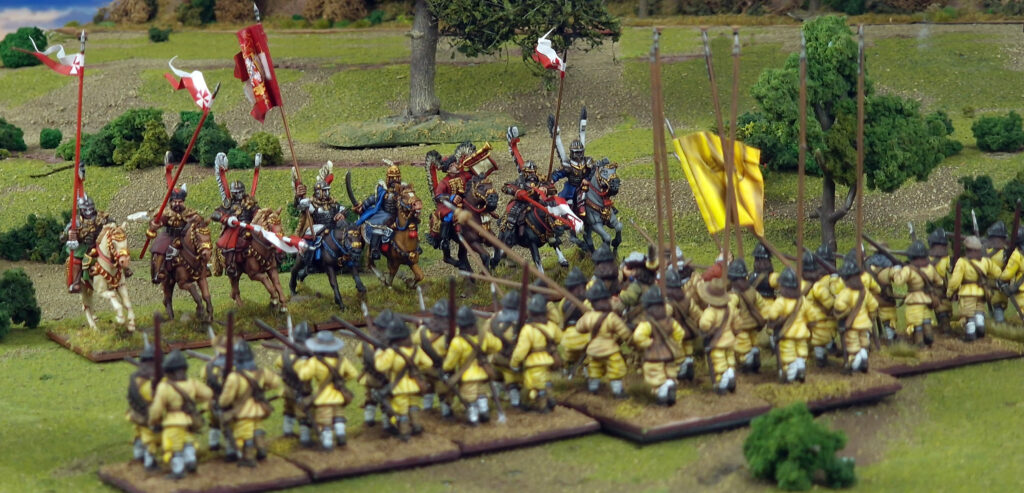
As befitting their role as true heavy cavalry, and possibly due to their origins as Balkan mercenaries, the hussars carried an often-unbelievable panoply of arms and armour. Most infamous were the large ‘wings’ which gave the hussars their epithet – these were actually a part of the saddle, made of wood and raptor feathers, designed to give an imposing appearance both on parade and in battle – I think it’s safe to say that it worked! While their armour did evolve over the centuries, the basic form remained typical for a renaissance heavy cavalryman, comprising a cuirass, gorget to protect the throat, spaulders and vambraces, and sometimes tassets to guard the thighs. Helmets were frequently ostentatiously decorated, and our gorgeous boxed set depicts them as such. When it comes to weaponry, there was apparently no such thing as ‘over-armed’. A hussar might well carry, in addition to his lance, no fewer than three swords! One was the koncerz, a long, straight-bladed thrusting sword designed to be used in much the same way as the lance, while a broadsword and Szabla (sabre) were also used. As if that wasn’t enough, battle-axes, picks, and maces were also popular, and as firearms became more commonplace, pistols were also carried. Just a few bits and bobs, then!
The record of the Winged Hussars in combat was truly enviable. Frequently outnumbered by their foes, their courageous charges were capable of turning the tide of any battle, such was the incredible impact of the massed horsemen. The battle of Vienna in September 1683 has to be considered their finest hour, where some 3,000 Winged Hussars led around 18,000 cavalrymen against the Ottoman besiegers in what is believed to be the largest cavalry charge in recorded history, breaking the siege and saving the city.
As the centuries progressed, the rapid advances in infantry tactics and firearms technology rendered true heavy cavalry progressively obsolete, forcing the role of the hussar to change to that of scouting and reconnaissance. Armour disappeared, and the uniforms evolved into the (arguably) even more fantastical costumes of the Napoleonic era, but the tradition of the hussar, with all the dash and glory that entailed, remained. Indeed, the tradition was disseminated across the continent. The equipment persisted far longer in ceremonial roles and remains to this day one of the iconic and enduring symbols of Poland.
In games of Pike & Shotte, the Winged Hussars are some of the most fearsome Heavy Horse you’ll ever come across. Sure, they’re a touch pricey at 77 points, but for a 3+ Morale Value, Elite 4+, and Stubborn, you can’t really go wrong. Oh, and did I mention the frankly ridiculous Hand-to-Hand value of 10? Point them at your target (any target, really, they’ll take on anyone), and watch them go – just make sure you don’t Blunder! Our fantastic metal figures depict them at the charge, winged banners and pennants flying, ready to crush the enemies of the Polish Commonwealth beneath their hooves, and are available in a box of eight, as well as a blister pack of three if you feel like expanding to a properly big horde of the finest cavalry on the continent!
Other articles in the Forces of Fame Series:
Bolt Action – The Tiger I; Princess Elizabeth (Jubilee Special); Japanese Special Naval Landing Force; M18 Hellcat; Centurion Mk III;
Blood Red Skies – Messerschmitt Bf 110; Ki-43 II ‘Oscar’; Grumman F9F Panther;
Victory at Sea – The Bismarck; Fletcher-Class Destroyers; Kongō;
Pike & Shotte – Cuirassiers;
Black Powder (& Epic Battles) – The Iron Brigade; 95th Rifles;
Black Seas – HMS Victory;
Hail Caesar / SPQR – Dacian Falxmen; Hoplites;
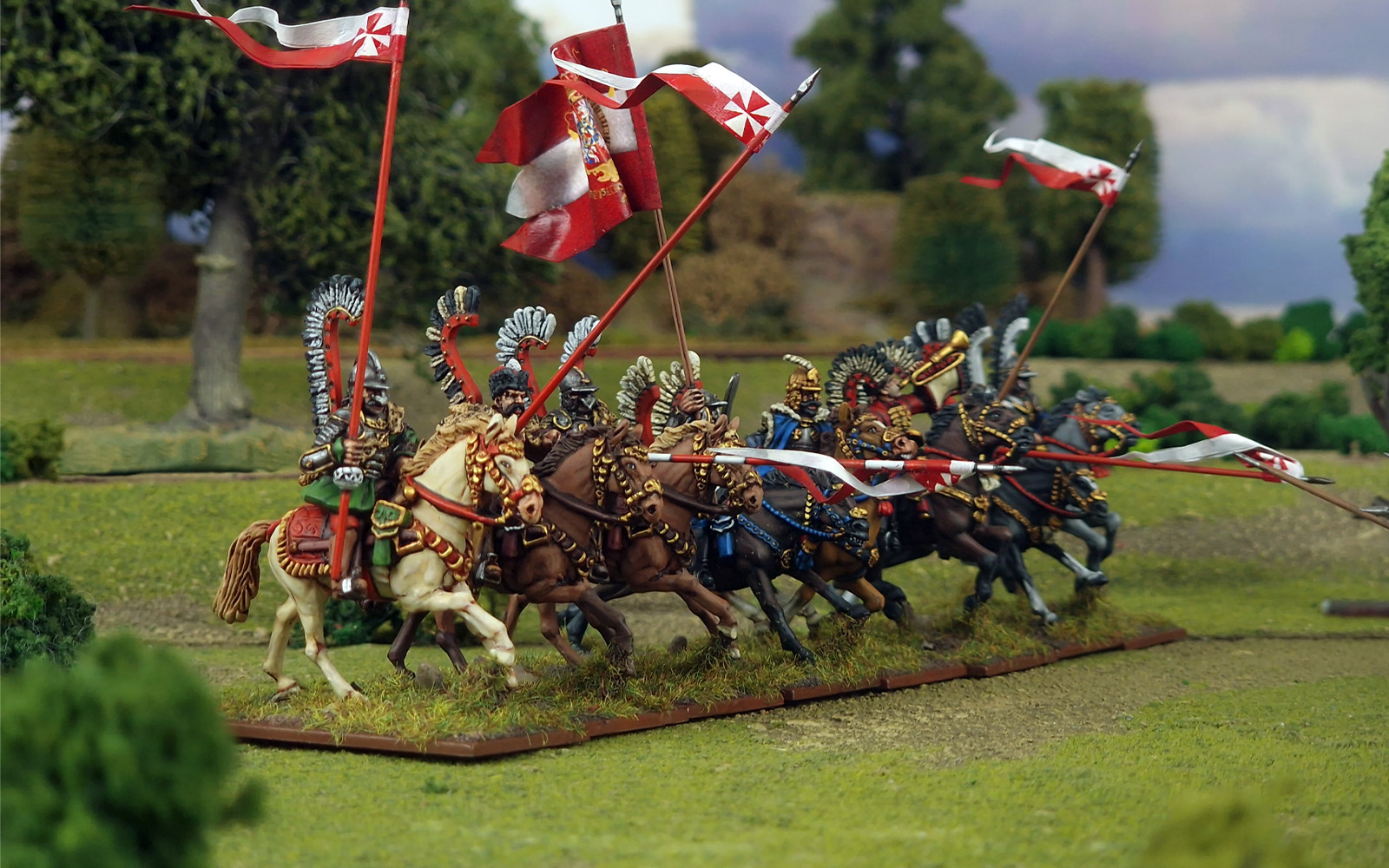
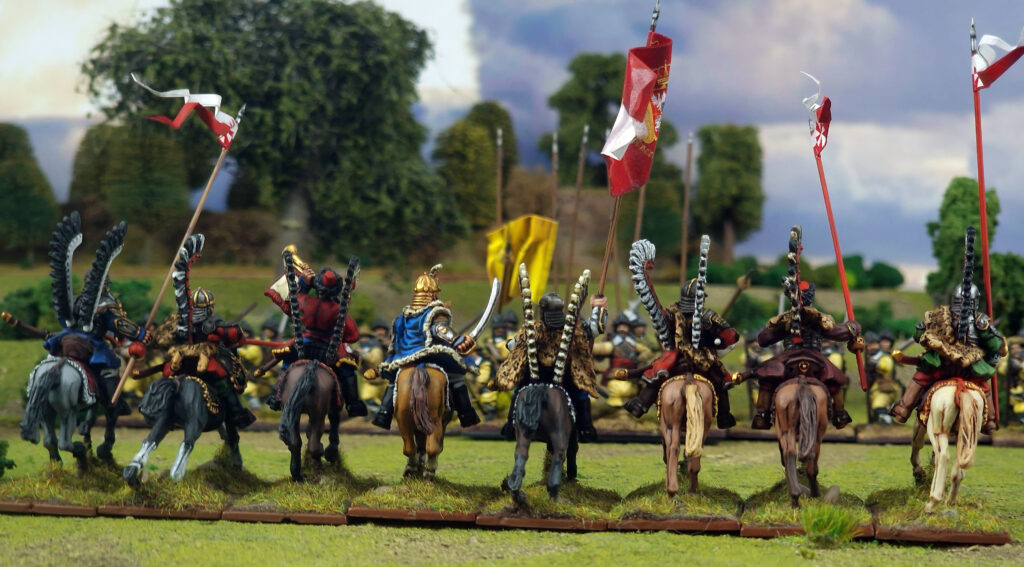

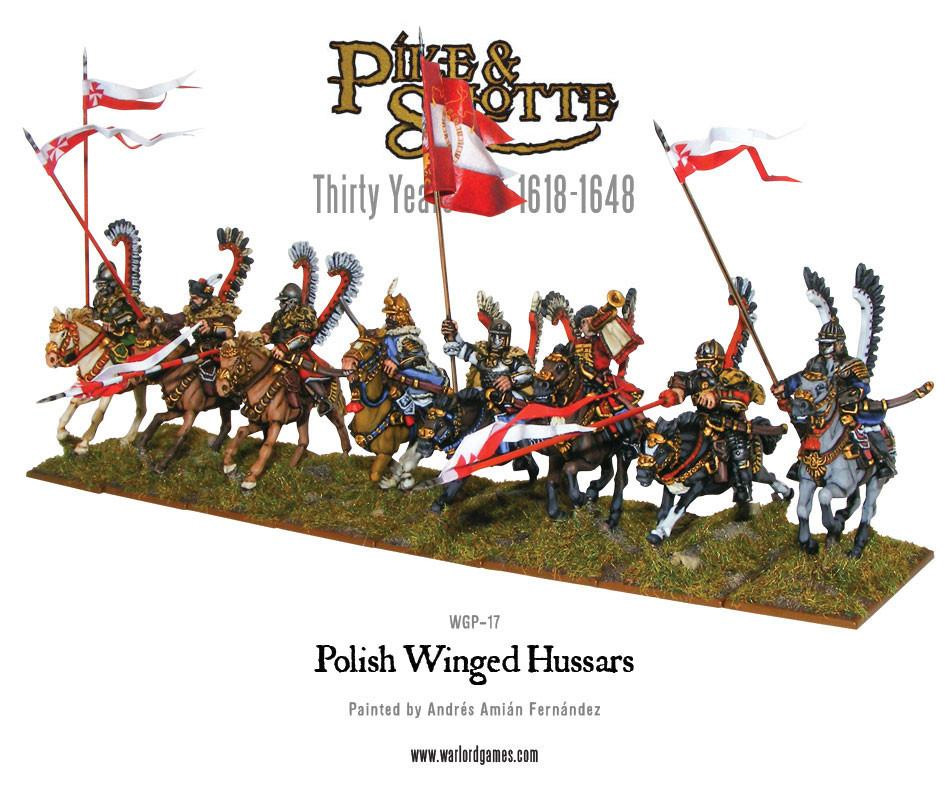
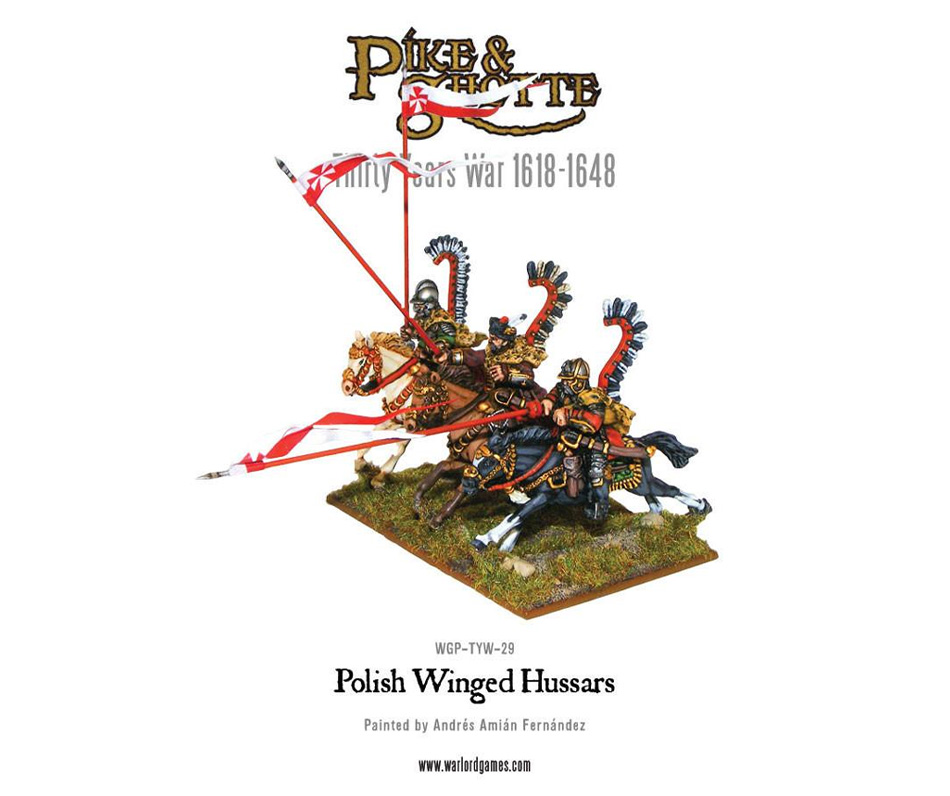
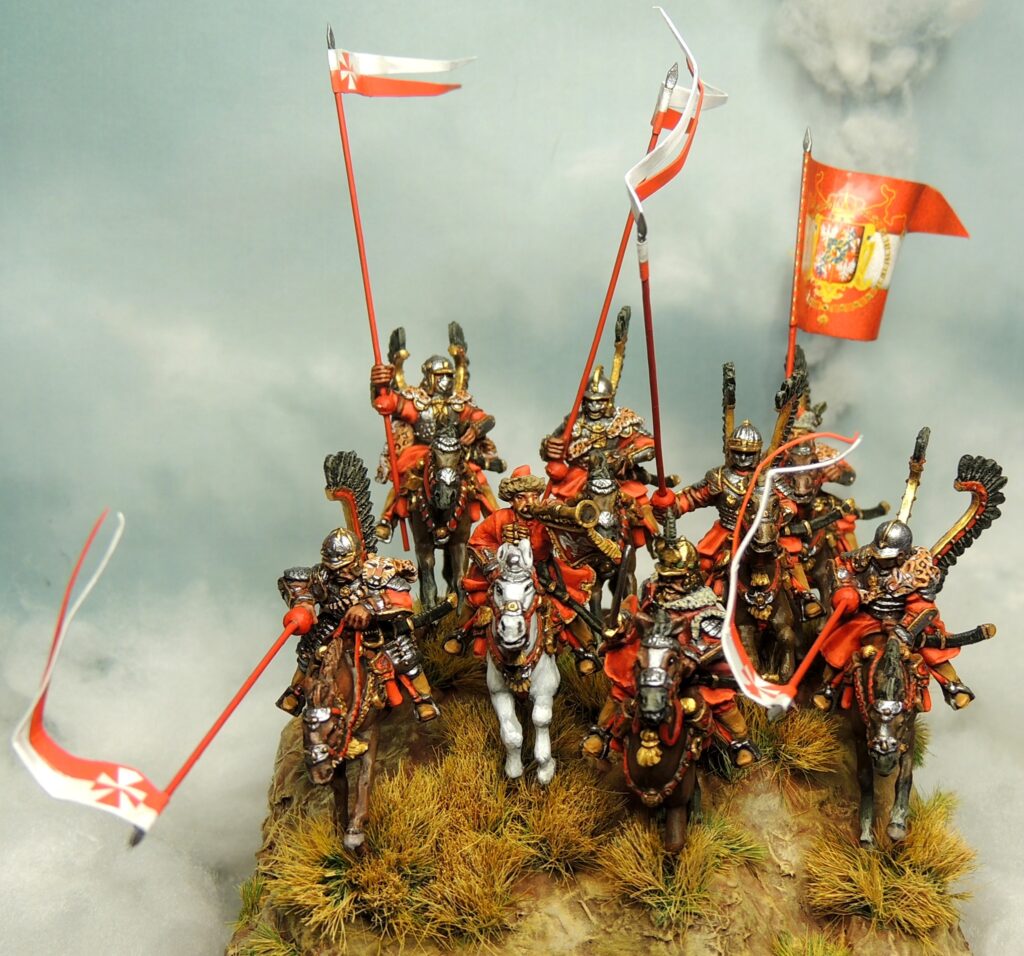
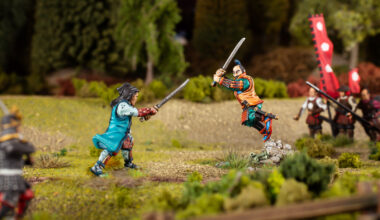
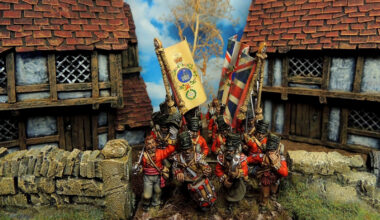
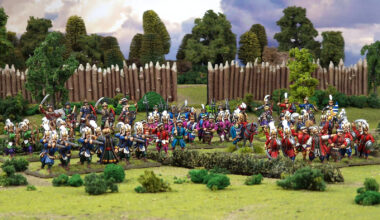
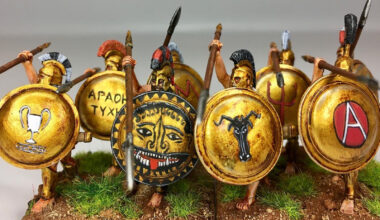
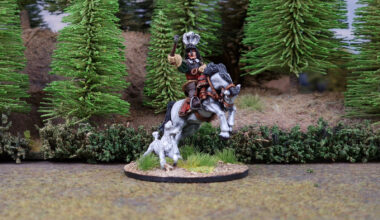
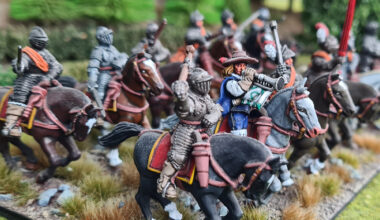
1 comment
Great miniatures! These would look even better in Epic scale…
Comments are closed.